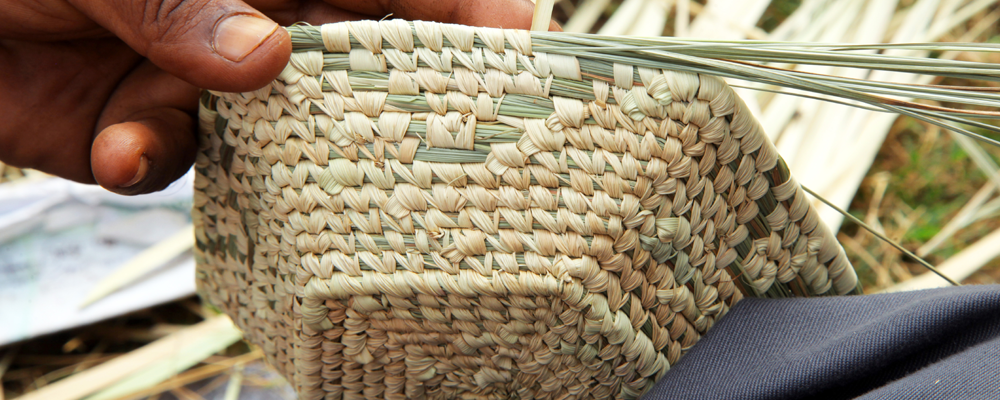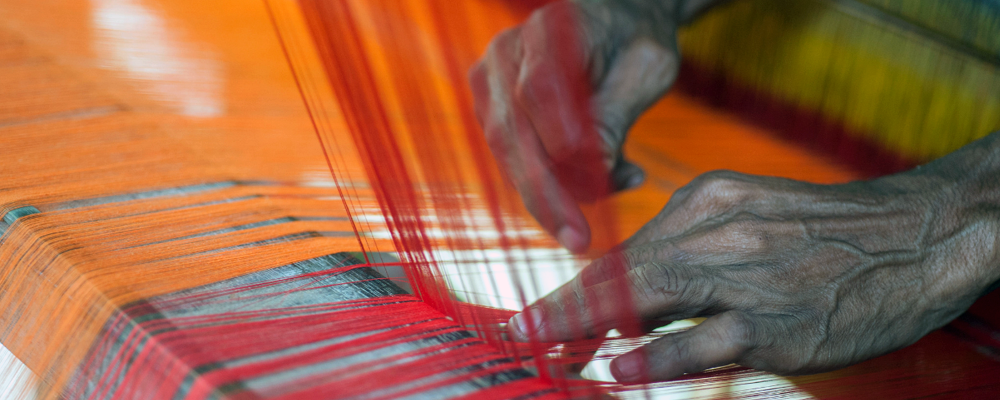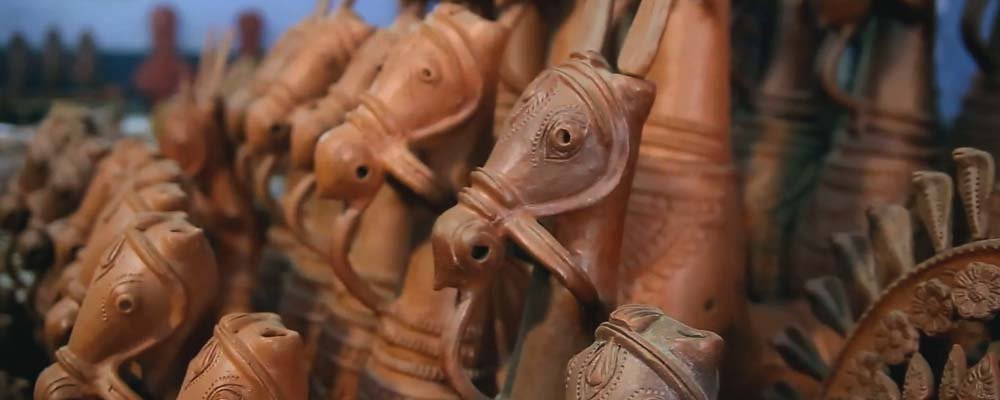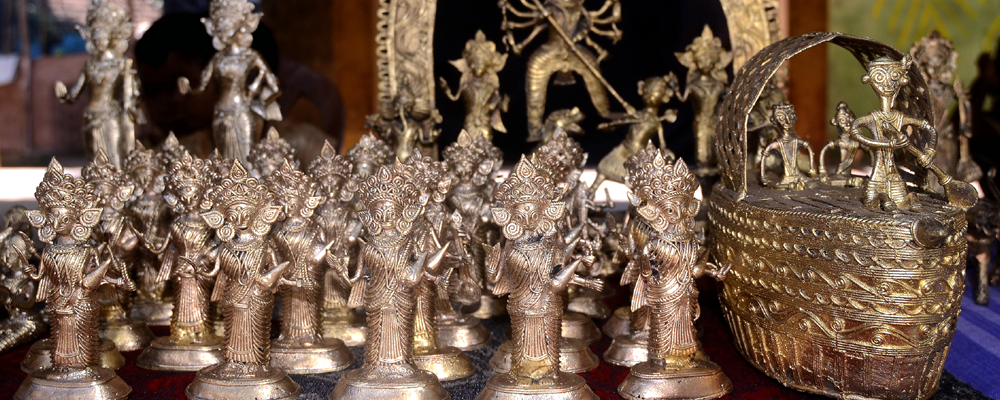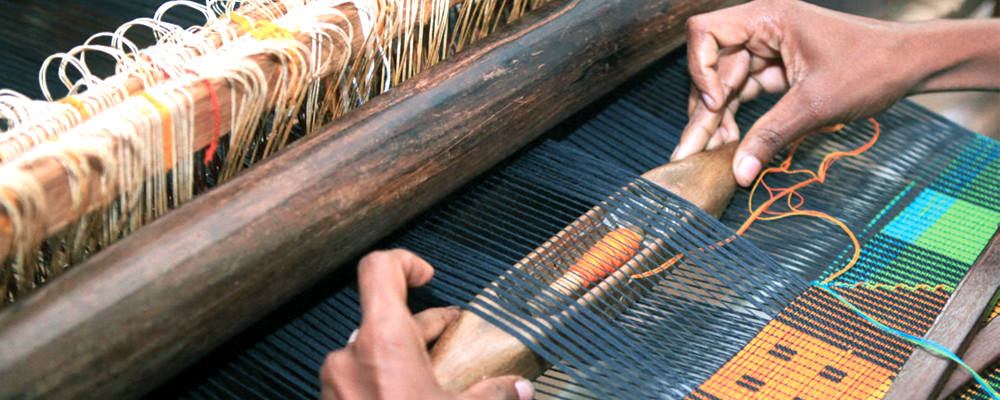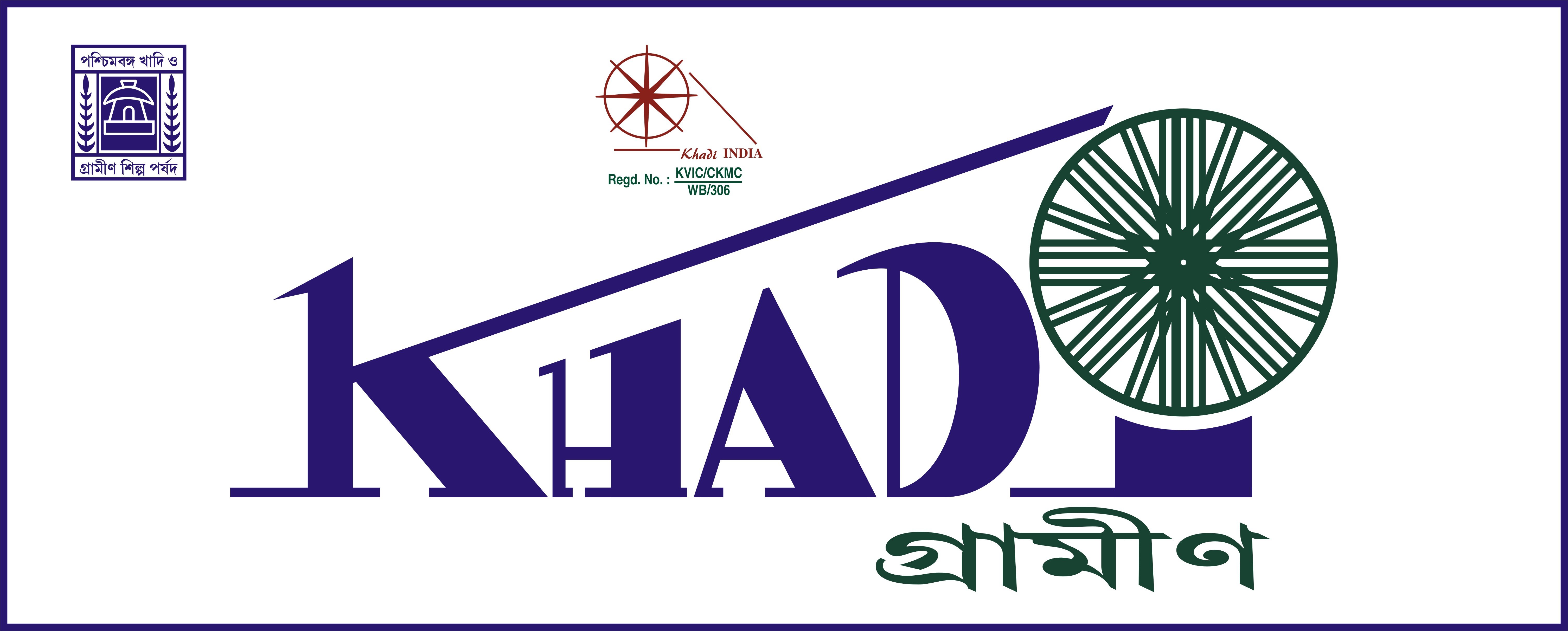Baluchori, the glory of Bengal, has to face a long journey of evolution. Around 14th- 15th Century AD, during the reign of Mughals, some skilled weavers from Benaras shifted to “Baluchor”, on the bank of the holy river”Bhagirathi”. This was a small village of Jiyagange, situated in district of Murshidabad.
Their fine artistic weaving of silk fabrics was beyond elucidation/judgement. Under subsistence of Nawabs and other nobles of that period, these weavers prepared some majestic piece of sarees. These were limited, as the sarees were handmade. These sarees were named after its origin, as “Baluchori”, a revolutionary piece of fabric still recalled in the pages of history.
Baluchori artists of that time designed these colourful sarees with pictures that depicted unrevealed episodes of Mughal durbar. Each sarees took at least 5-6 months to prepare. These fabrics were not only seen as saree but considered to be an excellent sample of art.
In Mughal period, especially during 17th century, the silk weaving artistry reached revolutionary level.
In the 15th and 16th century, Rajasthan School of Miniature painting came in close contact with Mughal court, as a result their painting & picturisation ideas got blended. This was also considered as the secret behind rise of Silk industry.
Commercially, also there were demands of Indian pattern silk fabrics from Persia. Persian Miniature designs were also used, targeting Persian Market.
The “Pallu” of saree was designed, in squares, showing different stories, which gave a flavour of Miniature painting.
The Mughal period was taken to be “Golden Era” of Baluchori & lasted until British influence did not invaded India.
Practically due to absence of financial support from Rulers, Baluchori Industry faced problem. Also Baluchori faced competition with machine made goods, in which their market and demand dropped, drastically.
Baluchori industry again experienced the sign of rising after Independence. Sri Akshay Kumar das, designer of Indian Textile Design Centre (Govt. of India) restored the status of Baluchori Artists to some extent. After long time a resurrection occurred to this textile. Under supervision of Sri Akshay Kumar Das and introductory weaving of Sri Gorachand Diyasi, Baluchori industry again flourished. They did not bring much changes to the designing but increased the variety. Designs were derived from Ajanta- Ellora art, Rajput School of Miniature painting etc.
For the sake of beautification as the sarees became heavier, its weaving and designing became more intricate. The fame of Baluchori, started in Bishnupur of Bankura district, gradually spread all over the world. Seeing this, many weaver families engaged themselves in the industry.
Today many people know Bishnupur as the origin of Baluchori, but its past is still unexplored to many.
As time passed by, the Baluchori Art experienced a remarkable change. The first change occurred to the design, which became easier for the convenience of weaving. The numbers of square boxes in “pallu” were minimized. The thin boundaries of two such boxes became broader. Small boxes with small pictures were replaced by larger boxes with attractive portraits. Inspite of so many changes, the market of Baluchori remained ceaseless. This is because of the esteem and glory of its artistic background and tradition.
On one hand its variety of illustration and on the other hand its fine weaving are the reasons behind its worldwide eminence. The subjects of drawing include human postures along with flowers, leaves, birds, deers etc. which has been used never before in any other textile industry.
West Bengal Khadi and Village Industries Board (WBKVIB) is now a days working on two vulnerable industries, of which silk Khadi is cardinal. Baluchori is its exclusive product. Our Board has taken oath of reviving the lost glory of Khadi.
So keeping in mind, the setbacks in the process of upgrading such ancient industry, we are introducing scientific technology and modern styling without interfering its tradition.
With this objective, an assignment is initiated at the Sonamukhi near Bishnupur under District of Bankura where we emphasize on-
Computerized designing (with mechanical help).
Prepare cards.
Better sitting arrangement for weavers.
Production of yarn & its dying.
Advanced & specialized textile machineries.
Advertising, marketing, exporting.
Taking steps to uplift the socio economic status of the weavers.




